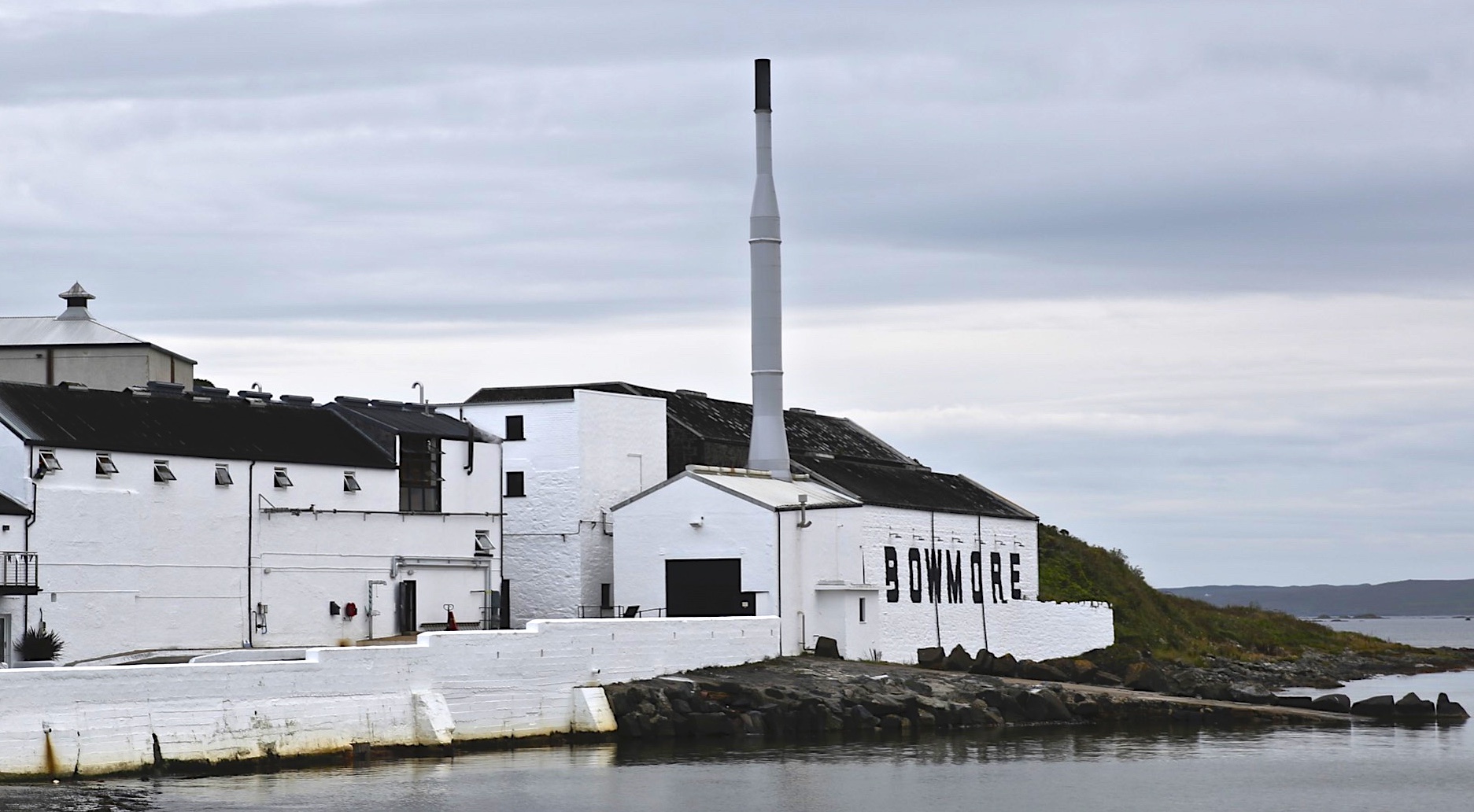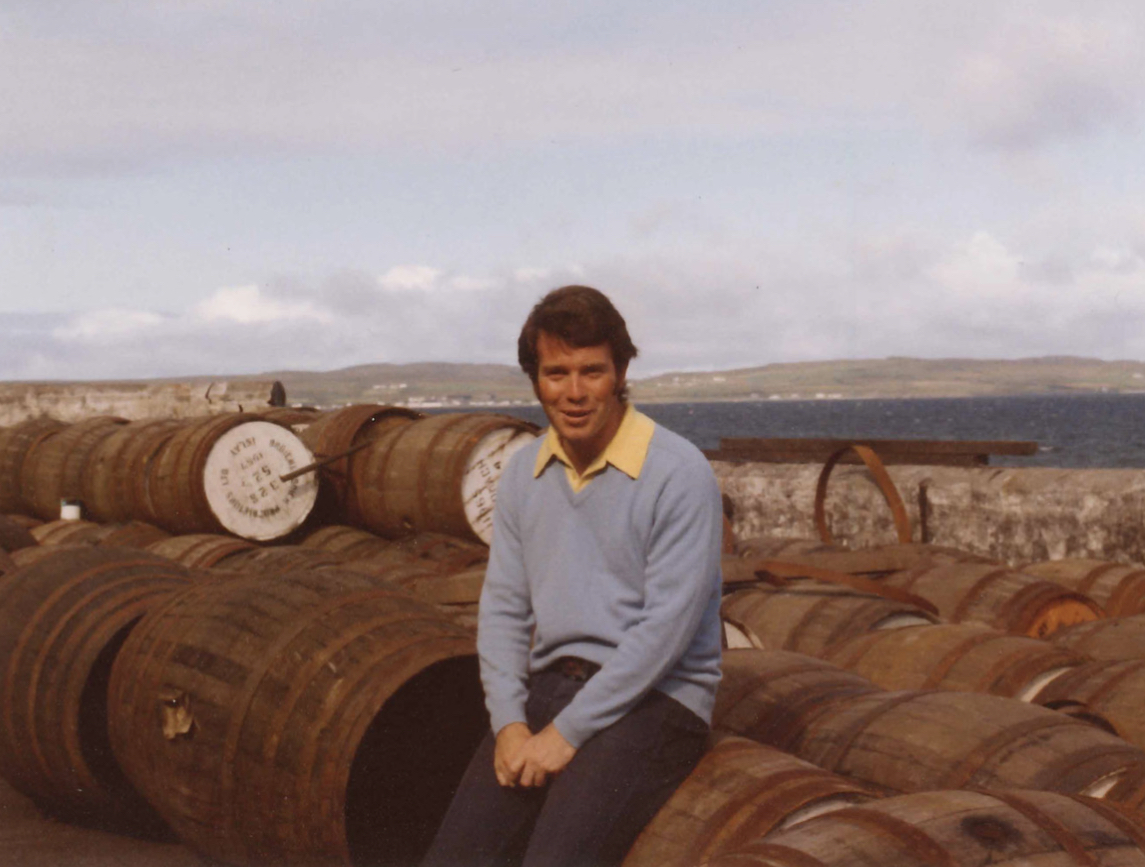
New Fortnight Peated - Available Now!
Tim Morrison Talks About His Time At Bowmore

Clydeside founder Tim Morrison has spent decades working at some of the most legendary distilleries in Scotland. As part of the Morrison-Bowmore distilling legacy, his experiences at Bowmore, Glen Garioch, and Auchentoshan provided both the inspiration and insight for what would ultimately become The Clydeside distillery here in Glasgow.
We sat down with Tim recently to talk more about his time at Morrison-Bowmore and the details that specifically shaped his vision for a new family-owned distillery.
Clydeside: Can you talk about what brought the Clydeside project together?
Tim: When we really began to think about our own distillery, there were certain fundamentals that we followed with the experience that we had at Morrison-Bowmore. My son Andrew’s input was pretty important in the early days as well, and there was a small team that progressed the project and did so with that experience in mind.
Clydeside: What was your role in the development?
Tim: My input was more about the design of the distillery and was based on my experience from working at Bowmore, Glen Garioch, and Auchentoshan. The visitor’s center was very important. I felt that the architects had a pretty good idea of what the distillery should look like, but we actually changed the design pretty far down the lane and made it smaller than it was originally to be. We literally took a floor off the building.
Clydeside: What took priority for you with the design?
Tim: The prime thing was the flow. When we took over Bowmore it was a pretty grotty distillery to walk around in. We were always anxious about taking visitors there. Back at that time, there weren’t many visitors going to distilleries and they were still using coal as power. No one really cared about aesthetics. Eventually, as we developed Bowmore, we developed the flow of the distillery to accommodate visitors. That became front and center with the Clydeside; that the visitor was being catered to.
Clydeside: What were the other Morrison-Bowmore distilleries like then?
Tim: Glen Garioch—you could hardly wander around it at all. You would bang your head on that pipe, bang your shoulder on that one and whatnot. The good thing about Auchentoshan was that you had a beautiful walk into the still room with a view of the three stills together. That was impressive. We took that idea for the Clydeside. We moved the stillroom from an area where no one would have really seen it, to where they are now on full display and people can marvel in it.

Clydeside: What were some other lessons you brought to Clydeside?
Tim: At Bowmore, it was primarily just about the whisky, whereas at Clydeside it was the heritage, the history, and the whisky. All were going to be presented to the visitor, so the choice of personnel was very important. We were very fortunate in finding Bridgeen to run the visitor’s center. Glasgow’s importance as a distilling center back in the 1800s was a story that had to be told and we needed the right people to tell it. We weren’t just a Johnny-Come-Lately, but rather the next step in a long legacy of distillation here in Glasgow.
Clydeside: As well as the Morrison-Bowmore legacy, right?
Tim: Yes, the family was important as well. The heritage of Morrison-Bowmore and four generations working in the industry. Also, I wish we had employed our distiller Alistair McDonald a few months earlier. Andrew and I felt much more confident after he came on board and took over. I did my training in distilling early on, but my background is more marketing and sales. I certainly couldn’t have run Clydeside! We knew the whisky Alistair would produce was going to be good.
Clydeside: What’s the biggest difference between your days at Morrison-Bowmore and the industry today?
Tim: The quality of the managers has greatly improved over time. If I had to compare Alistair to one of the managers at Bowmore, one’s a scientist and one’s just a helluva nice guy! I think If you compare the managers today to those back then, it’s night and day. We’re much more scientific today with whisky-making—the controls are greater, the analysis is greater.
Clydeside: Do you think the whisky is better?
Tim: I look at the young lads and the training they’re going through today, they’re all damn near scientists. Back in my day, we were seat-of-the-pants workers. The managers knew what was going on, but they wouldn’t have been able to give me a chemical explanation as to why. The technical skill of the managers and the staff that run the distilleries is far greater, as is their knowledge.
JOIN THE VOYAGER CLUB
& be the first to hear about exclusive releases, distillery events, and behind-the-scenes updates.

100 STOBCROSS ROAD,
GLASGOW,
G3 8QQ Tel +44 (0) 141 212 1401

© Morrison Glasgow Distillers Limited. 2025. All rights reserved. The Clydeside Distillery name and its associated logos and trademarks and other intellectual property rights in the same belong to Morrison Glasgow Distillers Limited.
Site by Radiator
